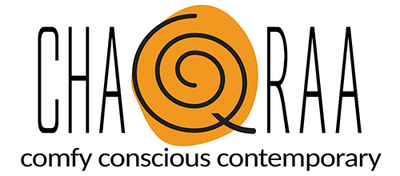The moon has been a significant celestial body throughout human history, influencing cultures, religions, and even our physical bodies. The lunar cycle, which lasts approximately 29.5 days, is believed to have a profound effect on the human system. In yoga, the moon is given much importance as it is considered to be a powerful force that can impact our physical, mental, and emotional well-being.
The significance of the lunar cycles on the human system can be traced back to ancient civilizations such as the Mayans and Egyptians, who used lunar calendars to track time and plan their agricultural activities. The moon’s gravitational pull is believed to affect the tides in the ocean, and it is also thought to influence the fluids in our bodies. This is because our bodies are made up of approximately 60% water, and the moon’s gravitational pull can cause water to move within our bodies, affecting our energy levels, mood, and overall health.
In yoga, the moon is considered to be a feminine energy, and it is associated with the qualities of receptivity, intuition, and nurturing. The lunar cycle is believed to have a direct impact on the chakras, which are energy centers in the body that regulate various physical, emotional, and spiritual functions. The moon is said to influence the second chakra, which is located in the pelvic area and is associated with creativity, sensuality, and emotional balance. It is also believed to affect the sixth chakra, which is located in the third eye area and is associated with intuition, wisdom, and spiritual insight.
In yoga, the moon is given much importance as it is considered to be a powerful force that can impact our practice and enhance our connection with our inner selves.
The full moon is considered to be a powerful time in yoga, as it is believed to amplify the energy of the practice and enhance the effects of meditation and pranayama (breathing exercises). During the full moon, the energy of the moon is said to be at its peak, and this can be harnessed to deepen our awareness and connect with our inner selves. Many yoga traditions also recommend practicing certain asanas (postures) during the full moon, such as backbends and hip openers, which are believed to help release emotional and physical tension.
The new moon is also considered to be a significant time in yoga, as it is believed to be a time of new beginnings and fresh starts. During the new moon, the energy of the moon is said to be more introspective, and this can be harnessed to set intentions and focus on personal growth. Many yoga traditions recommend practicing certain asanas during the new moon, such as forward folds and twists, which are believed to help release tension and prepare the body and mind for new beginnings.
In addition to the lunar cycle, the moon’s phases are also believed to have an impact on the human system. The waxing moon, which is the period between the new moon and the full moon, is considered to be a time of growth, expansion, and transformation. This is a good time to focus on building strength and endurance in the body, as well as cultivating new ideas and projects.
The waning moon, which is the period between the full moon and the new moon, is considered to be a time of release, letting go, and introspection. This is a good time to focus on releasing emotional and physical tension, as well as letting go of old patterns and habits that no longer serve us.
In conclusion, the significance of the lunar cycles on the human system is undeniable, and the moon’s influence on our physical, mental, and emotional well-being has been recognized by cultures throughout history. In yoga, the moon is given much importance as it is considered to be a powerful force that can impact our practice and enhance our connection with our inner selves. By understanding the significance of the lunar cycles and harnessing the energy of the moon, we can deepen our awareness, cultivate personal growth, and improve our overall health and well-being.


0 comments